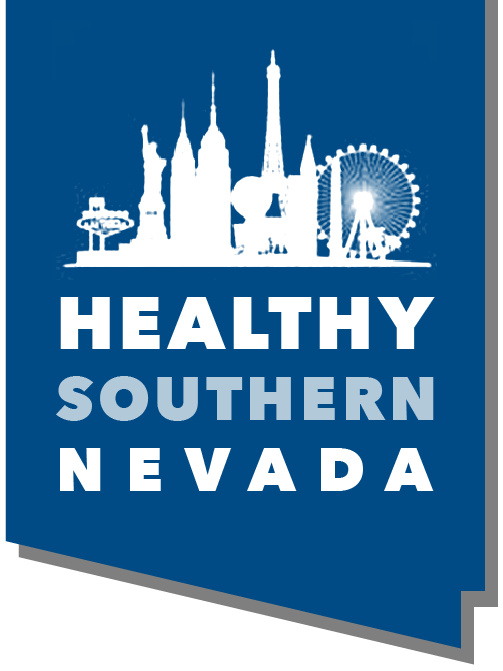Promising Practices
The Promising Practices database informs professionals and community members about documented approaches to improving community health and quality of life.
The ultimate goal is to support the systematic adoption, implementation, and evaluation of successful programs, practices, and policy changes. The database provides carefully reviewed, documented, and ranked practices that range from good ideas to evidence-based practices.
Learn more about the ranking methodology.
Filed under Evidence-Based Practice, Health / Diabetes, Children, Teens, Racial/Ethnic Minorities, Urban
Goal: The primary goal of the intervention was to reduce overweight and obesity prevalence among middle school students. Ancillary goals were to improve BMI and fasting insulin values, increase water consumption, reduce consumption of beverages with added sugar, increase healthy food choices, improve self-monitoring, and increase exercise time among sixth, seventh, and eighth grade students.
Impact: School-based programs that aim to address childhood obesity and adiposity may reduce individuals' risk of developing childhood-onset of non-insulin dependent diabetes mellitus.
Filed under Effective Practice, Community / Transportation, Urban
Goal: The goals of the study was to assess the benefits of using multiple and systematic strategies to reduce traffic congestion in three metropolitan areas in the U.S.
Filed under Evidence-Based Practice, Health / Adolescent Health, Teens, Adults, Urban
Goal: The goal of Together Learning Choices was to help HIV-infected youth increase their use of health care, decrease drug and alcohol use and risky sexual behaviors, and improve their quality of life.
Impact: Together Learning Choices (TLC) showed that prevention programs can effectively reduce risk acts among HIV-infected youths.
Filed under Evidence-Based Practice, Education / School Environment, Children, Teens
Goal: The goal of the TGFV program is to help students learn the skills they need to get along peacefully with others and avoid violence.
Impact: Too Good programs empower children with the social-emotional learning and substance abuse prevention skills they need to lead happy and healthy lives.
Filed under Good Idea, Economy / Employment, Urban
Goal: To help members of the San Francisco bay area transgender community to secure stable employment in safe environments.
Filed under Evidence-Based Practice, Health / Alcohol & Drug Use, Adults
Goal: The goal of the Trauma Center Intervention for Alcohol Disorders is to reduce driving under the influence.
Filed under Evidence-Based Practice, Community / Social Environment, Teens
Goal: The goal of the TFCO program is to decrease problem behavior and to increase developmentally appropriate normative and prosocial behavior in children and adolescents who are in need of out-of-home placement.
Impact: When compared with the control group, TFCO youths spent 60% fewer days in incarceration, had significantly fewer subsequent arrests, and had significantly less hard-drug use.
Filed under Evidence-Based Practice, Community / Social Environment, Children, Families
Goal: Triple P aims to enhance the knowledge, skills, and confidence of parents to prevent behavioral, emotional, and developmental problems in children and prevent child maltreatment.
Impact: Triple P increased confidence in parenting ability and reduced the incidence of verified maltreatment among participants in the program.
Filed under Effective Practice, Economy / Housing & Homes, Urban
Goal: The goals of Uniting for Solutions Beyond Shelter are:
- To reduce street homelessness and the shelter population by two-thirds in five years.
- To eliminate chronic, or long-term, homelessness on City streets and shelters in five years.
The plan's objectives include initiatives to better serve individuals and families who are at-risk of homelessness or who become homeless, as well as ensure that the City and its citizens are maximizing public resources. The plan has nine points - encompassing 60 initiatives - that seek to:
- Overcome street homelessness
- Prevent homelessness
- Coordinate discharge planning
- Coordinate city services and benefits
- Minimize disruption to homeless families and children
- Minimize duration of homelessness
- Shift resources into preferred solutions
- Provide resources for vulnerable populations to access and afford housing
- Measure progress, evaluate success, and invest in continuous quality improvement.

